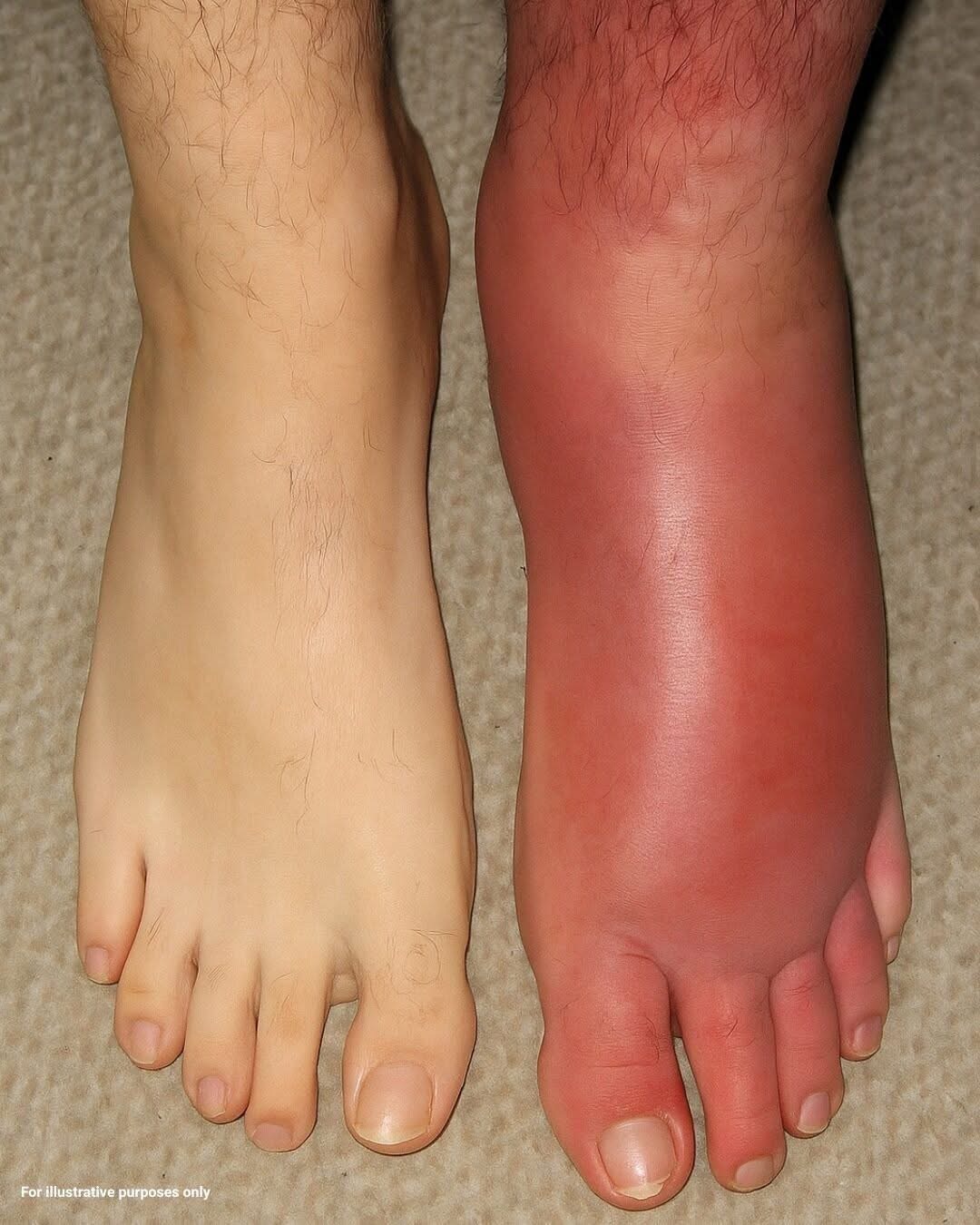Noticing sudden redness, warmth, or swelling in one leg should never be ignored.
These signs often point to a potentially serious health problem that requires prompt attention.
One major concern is deep vein thrombosis (DVT). This condition occurs when a blood clot forms in a deep vein, usually in the leg,
blocking circulation. If the clot breaks loose, it can travel to the lungs and cause a life-threatening pulmonary embolism.
Another possible cause is cellulitis, a bacterial skin infection.
It spreads quickly and can become severe without timely treatment.
Antibiotics are usually necessary to stop the infection from worsening or spreading.
Superficial thrombophlebitis is another condition to consider.
Here, a clot forms in a vein closer to the skin, leading to redness, tenderness, and pain.
While often less dangerous than DVT, it can still be uncomfortable and may require treatment.
Chronic venous insufficiency may also cause swelling and redness.
This condition develops when vein valves fail to circulate blood properly, leading to pooling, skin changes, or ulcers over time.
Other possible explanations include gout, arthritis, injury, or lymphedema.
These conditions can cause pain and swelling but vary widely in severity and treatment needs.
It is especially important to seek urgent care if swelling appears suddenly, is painful, or comes with warmth, fever, or chills.
Even more concerning are symptoms like chest pain or shortness of breath, which may signal a pulmonary embolism.
Acting quickly and consulting a healthcare professional can prevent dangerous complications and ensure appropriate treatment.
Disclaimer: This information is for educational purposes only and not a substitute for professional medical advice.
